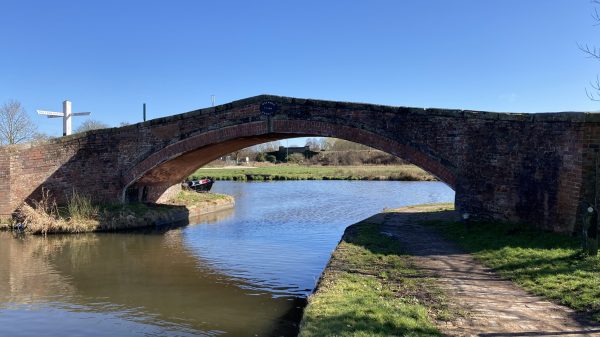From the Trent & Mersey Canal to the River Severn
The Staffordshire & Worcestershire Canal connects with the Shropshire Union Canal at Autherley Junction and the Birmingham Canal at nearby Aldersley Junction in Wolverhampton, and with the Stourbridge Canal at Stourton Junction.
The largely derelict Hatherton Branch joins at Hatherton Junction and is currently only navigable through one lock to a boatyard but its restoration to Cannock and along a new line through to the BCN is being promoted. A former connection with the Stafford Branch or Sow Navigation at Baswich is the subject of restoration proposals as the Stafford Riverway Link.
14th May 1766 is notable in canal history as on that day both the Staffordshire & Worcestershire Canal and the Trent & Mersey Canal were authorised by Parliament. The Staffs & Worcs was the first to be completed in 1772, engineered by James Brindley assisted by Thomas Dadford Senior.
Joining the River Severn at Stourport to the ‘Grand Trunk’ at Great Haywood, it forms one of the four main arms of Brindley’s vision of canals to link together the rivers Severn, Trent, Mersey and Thames, (later known as Brindley’s Grand Cross) and the only one to be completed in his lifetime.
Built to Brindley’s new ‘narrow’ gauge to save money, speed construction and economise on water consumption, the first narrow lock ever built is believed to be the summit lock at Compton in 1766. The whole feel of the Staffs & Worcs Canal is small scale with its vernacular brick bridges, picturesque lock cottages, tiny tunnels and lack of major earthworks. The summit cutting at ‘Pendeford Rockin’ is so small that even narrow boats cannot pass except in lay-bys; it looks as if they ran out of time or money to make it wider two and a half centuries ago and never got round to finishing it later. Indeed the whole canal seems frozen in time and that is its charm; a perfect survivor from an age of human scale and horse powered transport. Appropriately, the Staffordshire & Worcestershire Canal is designated as a Conservation Area throughout, which affords it some level of planning protection.


